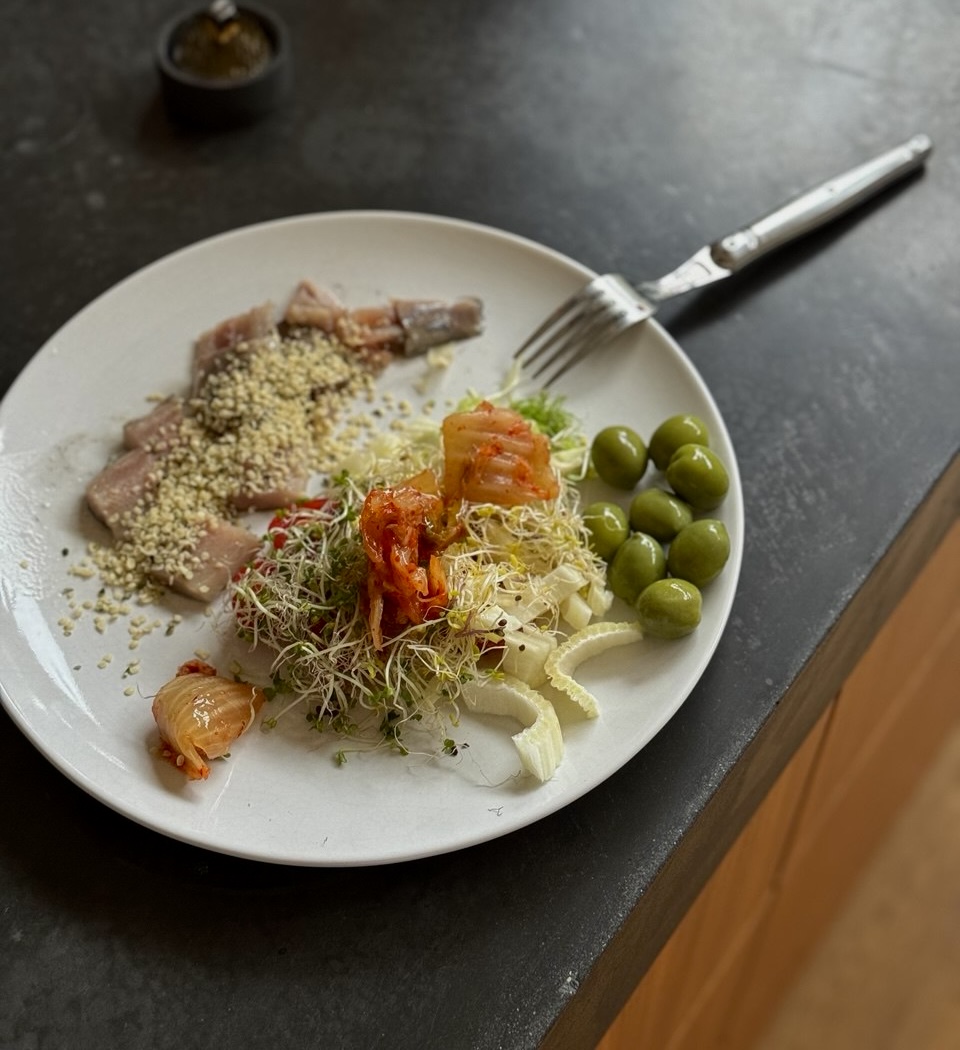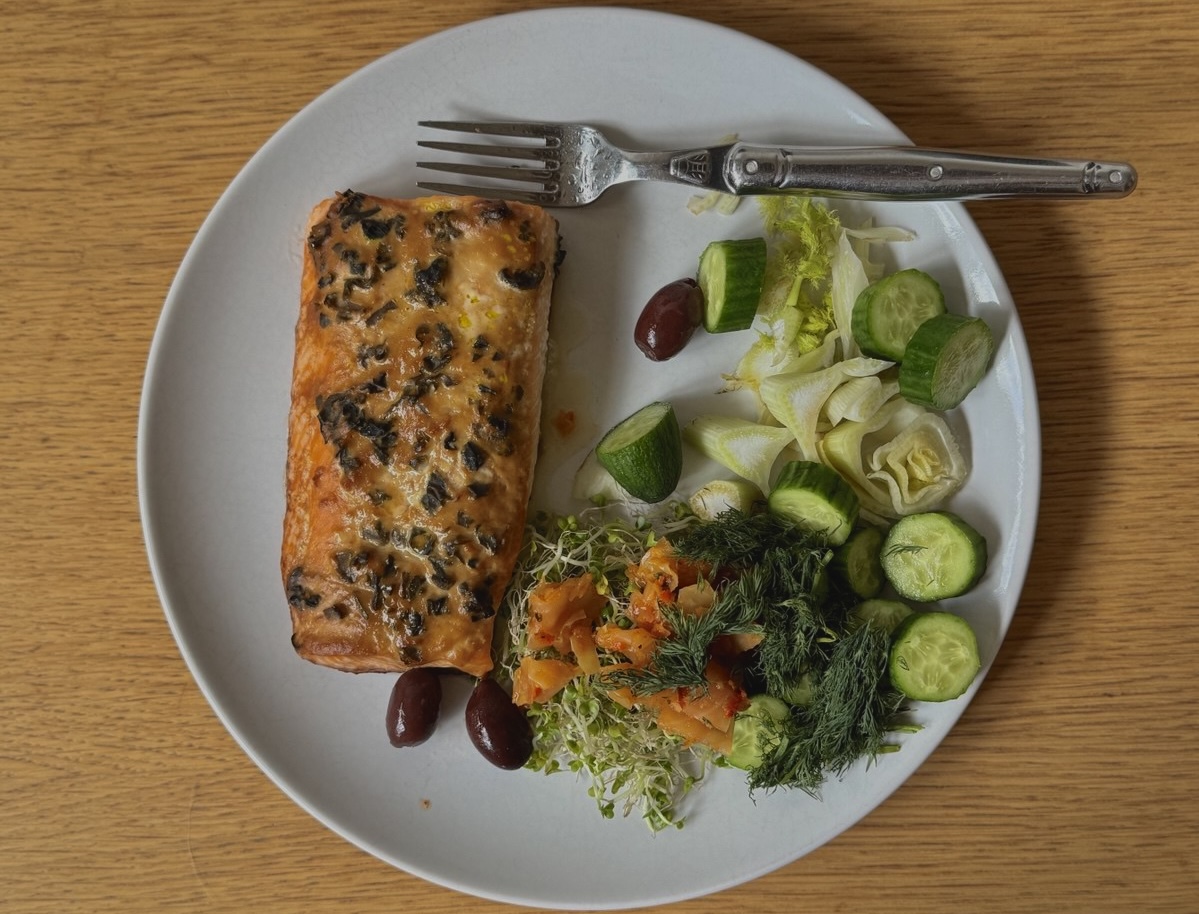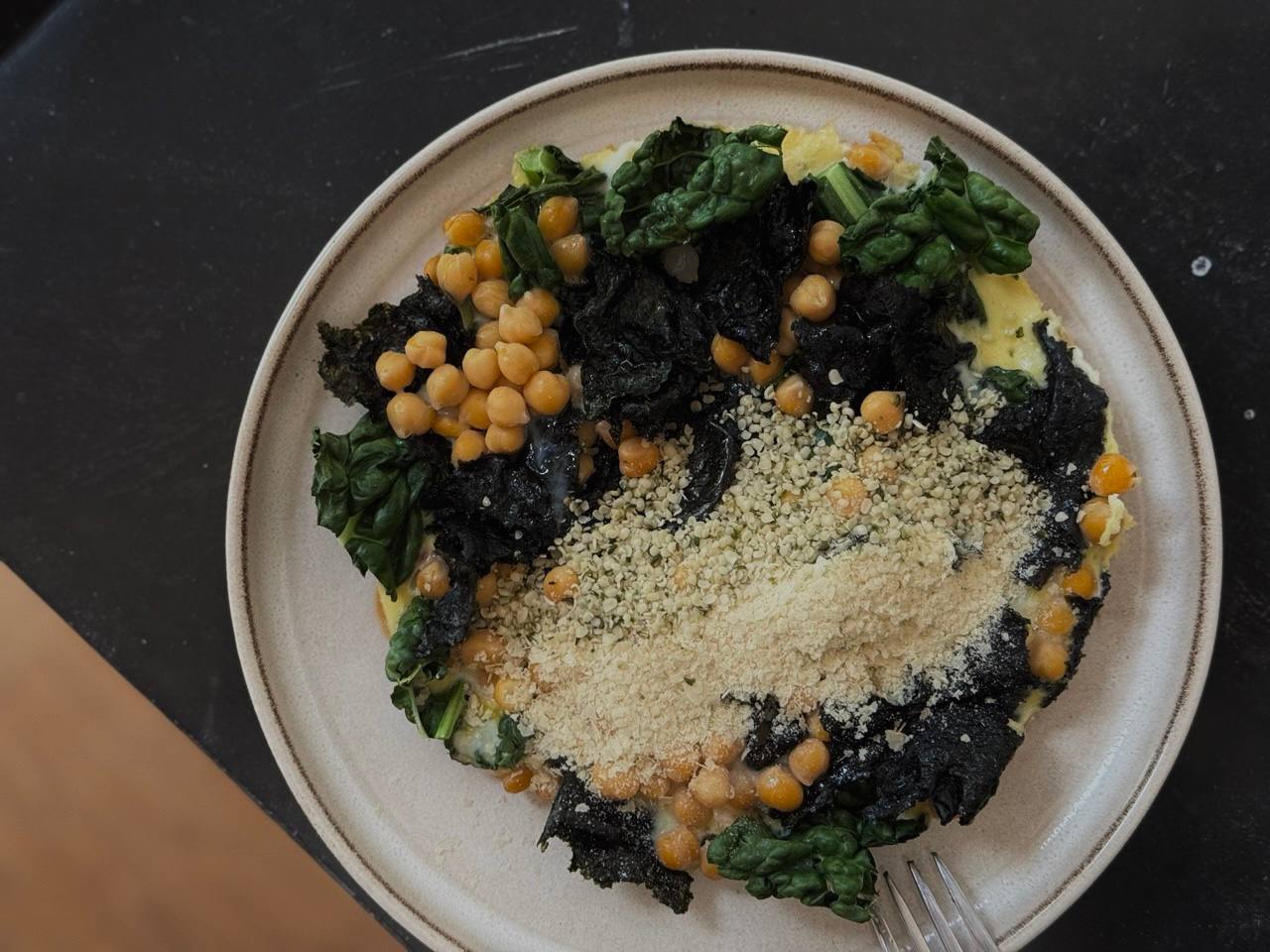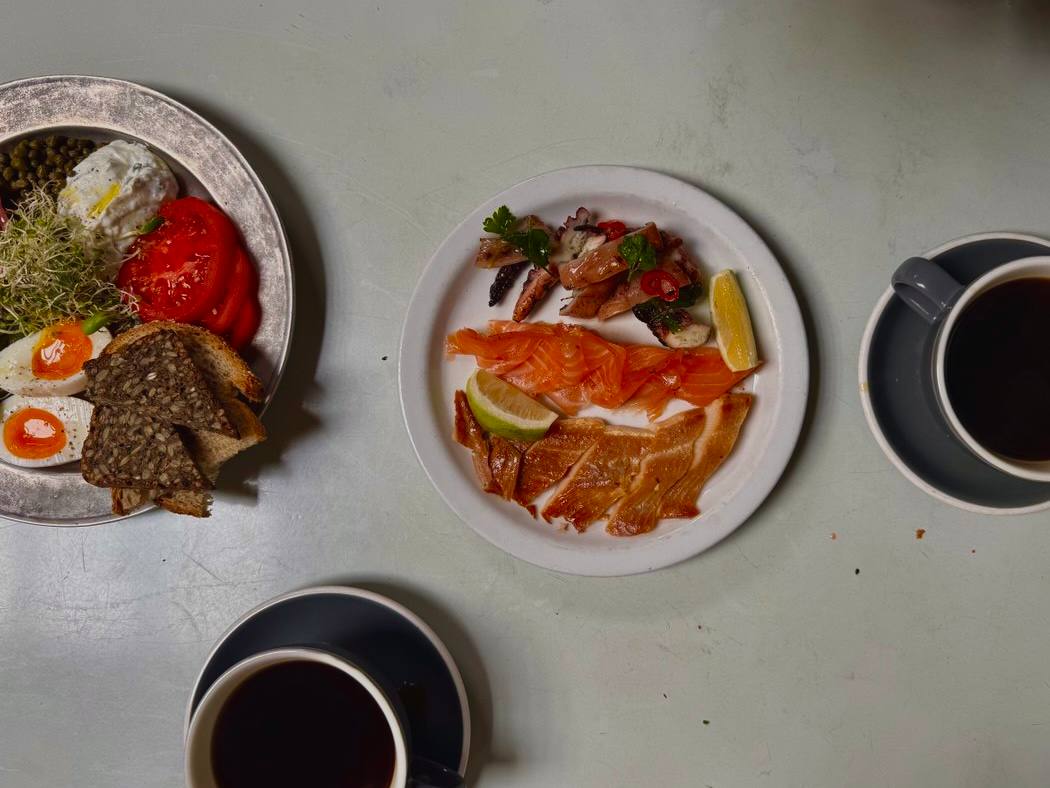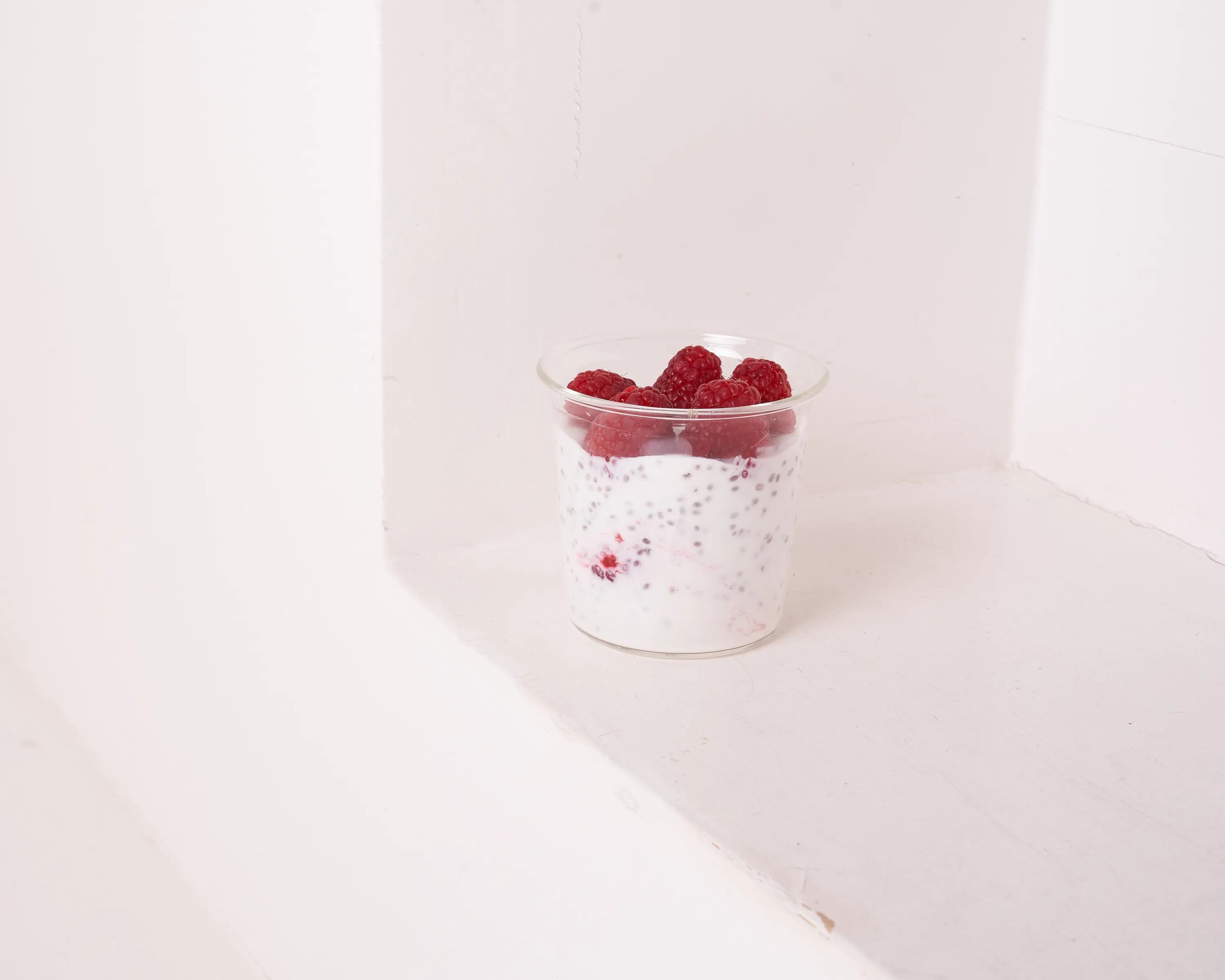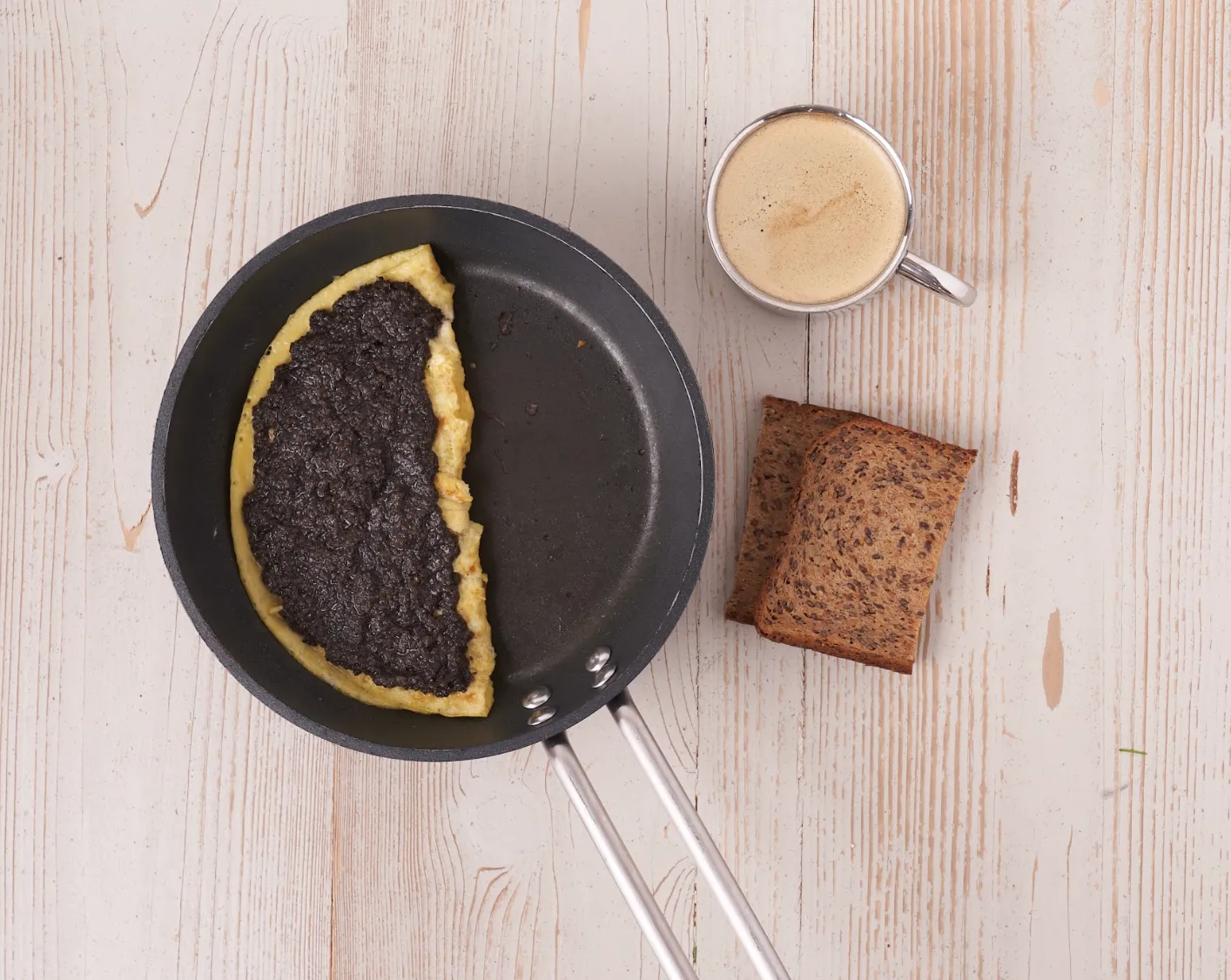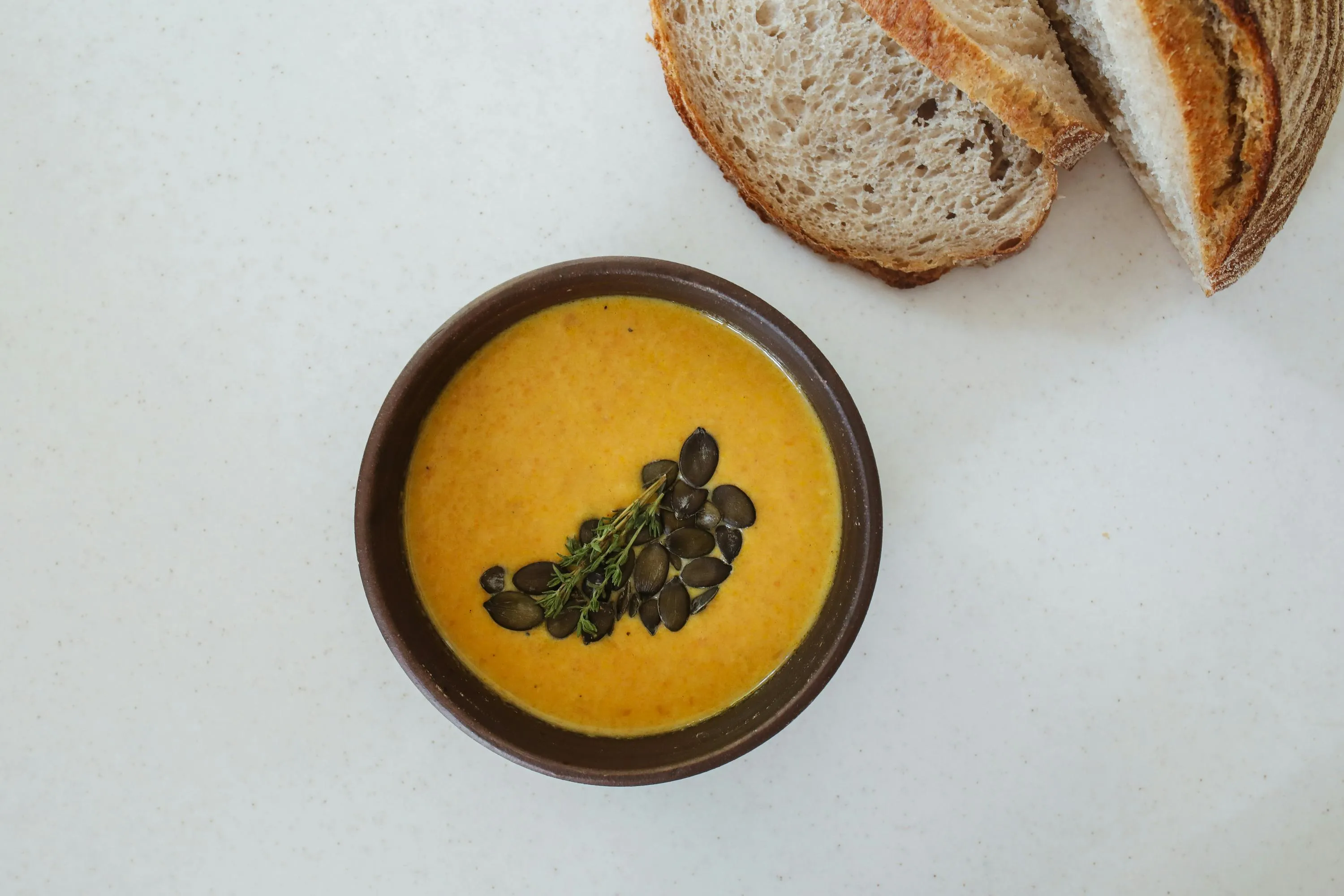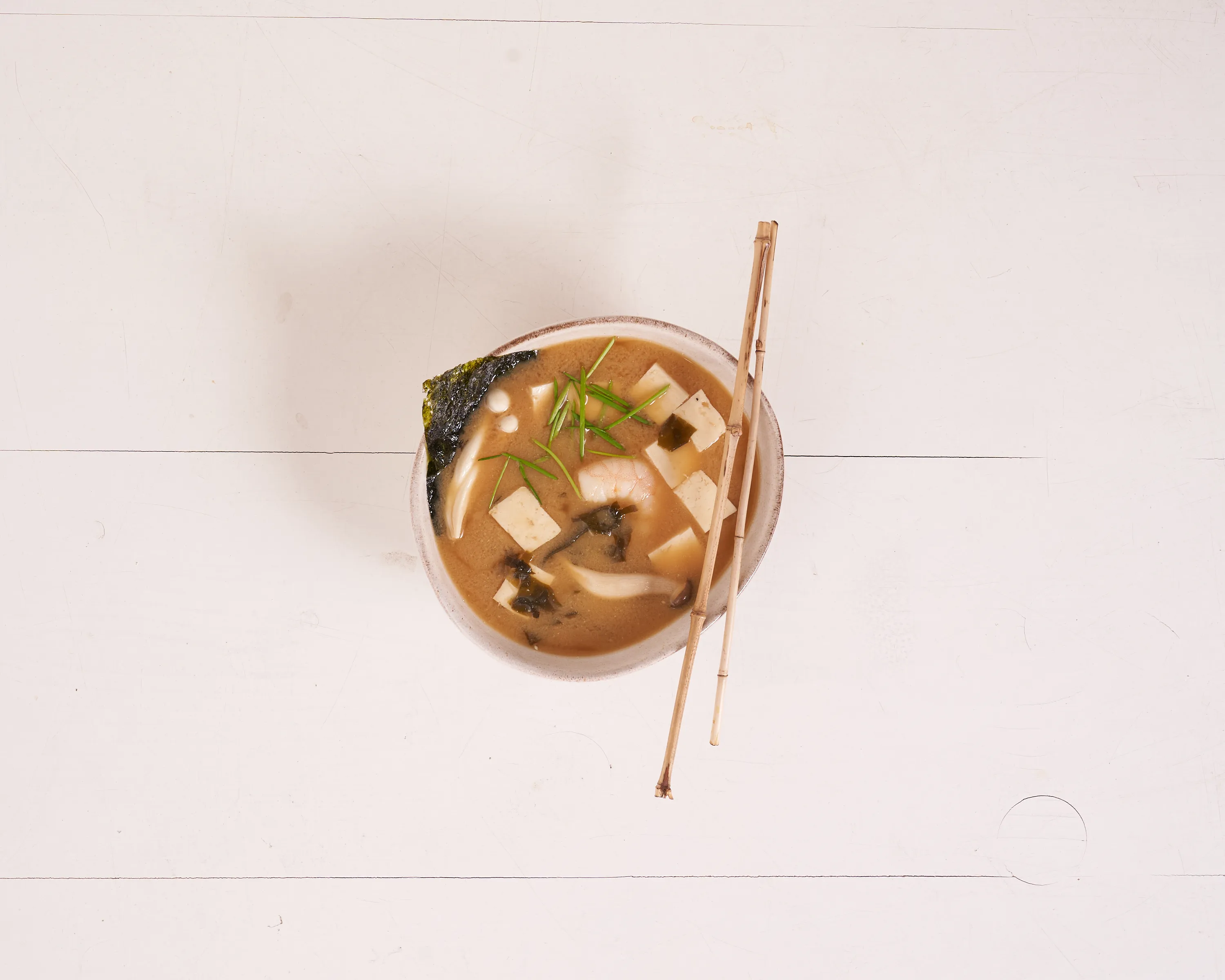
In just 5 minutes, miso soup becomes:
- A light dinner that’s always flavorful, filling, and nutritionally balanced
- A fermented food = gut health
- Adaptable: add more silken tofu, shiitake mushrooms, or even frozen seafood for variety
Miso soup derives its name from its star ingredient — miso paste. In Japanese culture and cuisine, miso holds almost the same revered status as rice, playing a crucial role in health and tradition.
Miso paste is a fermented blend of soybeans, koji mold (Aspergillus oryzae), and a grain base of rice or barley. Depending on regional traditions and ingredients, miso paste varies in color from light yellow to nearly black, with flavors ranging from salty to sweet. The darker the paste, the richer and more intense the flavor.
In an interview with a Japanese chef, I once read: “What’s the secret to making great miso soup? Never let the soup boil. Boiling causes kombu to turn bitter, while other ingredients lose their distinct flavors. We prefer to keep classic miso soup simple, with just tofu, wakame seaweed, and green onion. Occasionally, we add egg or mushrooms.”
I wrote more details about miso paste in the recipe for tuna in miso.
For the simplest, most basic (and deliciously satisfying) recipe, you’ll need:
- 3 tbsp. dark miso paste (I use Clearspring dark rice miso); if using light miso, use 4 tbsp.
- 600–650 ml water
- 3–4 tbsp. dried wakame seaweed
- 1–2 tsp. fish sauce (optional, but it adds balance to the flavors)
- 2–4 stalks green onion
- 1 tsp. sesame seeds (optional)
- 50–100 g silken tofu (optional)
Heat water in a pot. Once hot but not boiling, add the miso paste. For a rich flavor, start with 3 tbsp of dark miso paste. Gradually dissolve the paste by stirring gently. Taste and adjust — if the flavor isn’t strong enough, add more miso. Avoid boiling at all costs.
Add fish sauce if desired, followed by the wakame seaweed. You can keep the soup on low heat but ensure it doesn’t boil. If adding mushrooms or seafood, do so at this stage. Cover the pot and let the soup steep for 5–7 minutes until the wakame fully softens and expands.
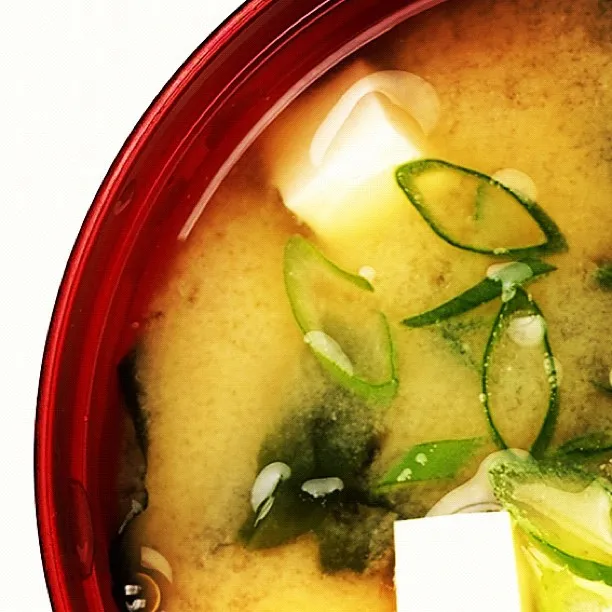
Taste the soup again. If it’s too salty, add a little water. If it lacks flavor, add more miso paste or fish sauce. Slice the green onions thinly and cube the silken tofu.
You can sprinkle the soup with sesame seeds (white or black) or drizzle it with sesame oil for a subtle nutty aroma — these are optional but lend a more Western twist. My favorite addition for a winter breakfast is a simple miso soup made with dark miso paste, wakame, and green onions.
Heat water in a pot. Once hot but not boiling, add the miso paste. For a rich flavor, start with 3 tbsp of dark miso paste. Gradually dissolve the paste by stirring gently. Taste and adjust — if the flavor isn’t strong enough, add more miso. Avoid boiling at all costs.
Add fish sauce if desired, followed by the wakame seaweed. You can keep the soup on low heat but ensure it doesn’t boil. If adding mushrooms or seafood, do so at this stage. Cover the pot and let the soup steep for 5–7 minutes until the wakame fully softens and expands.

Taste the soup again. If it’s too salty, add a little water. If it lacks flavor, add more miso paste or fish sauce. Slice the green onions thinly and cube the silken tofu.
You can sprinkle the soup with sesame seeds (white or black) or drizzle it with sesame oil for a subtle nutty aroma — these are optional but lend a more Western twist. My favorite addition for a winter breakfast is a simple miso soup made with dark miso paste, wakame, and green onions.

